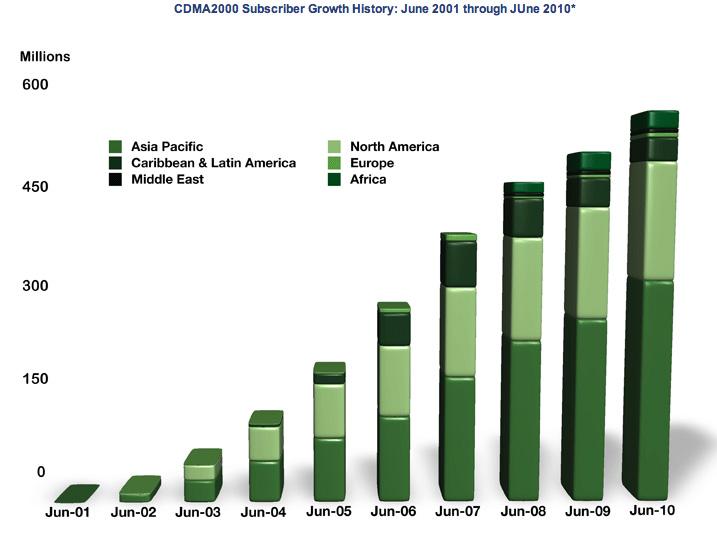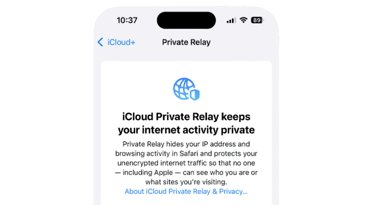Apple talking CDMA iPhone with two Indian wireless carriers
Following its own leads, the Wall Street Journal said Tuesday that the Cupertino-based iPhone maker is in talks with both Reliance Communications Ltd. and Tata Teleservices Ltd. over offering the device to its customers at an undetermined time in the near future.
"Tata has been in talks with them [Apple] for four to five months now," one person familiar with the negotiations told the paper, while another added that the talks have "been going on as India is a big market for CDMA." However neither source was clear on a timetable for a launch.
The news comes on the heels of reports by both the Journal and New York Times that cited unnamed sources as saying Apple is prepping the assembly lines to begin churning out millions of CDMA-capable iPhones later this year for an introduction early next year.
By introducing an iPhone capable of transmitting data over code division multiple access (CDMA) technology, Apple could expand its addressable market for the iPhone by roughly 550 million users, according to the latest official statistics from the CDMA Development Group.
In India, the move would also afford the company access to more consumers in what's been the world's fastest growing wireless market for the past several years, where growth rates are seeing 18 million new users sign up each and every month. Of India's 670 million registered wireless subscribers, roughly 20% — or 134 million — are users of CDMA handsets.
The move could also help spur competition in the region, where the cheapest iPhone from Apple's existing partners — Bharti AirTel Ltd. and Vodafone Essar Ltd. — runs roughly $670 despite the fact that nearly half of the country's population earns less than $1.25 each day, according to the Journal. Both those mobile operators offer the current iPhone, which only supports flavors of the global system for mobile communications (GSM) technology.
As it stands, the Indian cell phone market remains one of the hardest to crack, with fierce competition from big names like Nokia, HTC, and Research in Motion in the smartphone sector. For instance, Apple's share of mobile subscribers during the first half of the year failed to crack the 1% barrier.
Analyst expect the smartphone sector of the Indian market to continue to trend upwards, hitting 38 million units by 2014, representing compound annualized growth rate of approximately 78% for the preceding five year period.
 Katie Marsal
Katie Marsal














 Amber Neely
Amber Neely
 Thomas Sibilly
Thomas Sibilly
 AppleInsider Staff
AppleInsider Staff
 William Gallagher
William Gallagher
 Malcolm Owen
Malcolm Owen
 Christine McKee
Christine McKee










23 Comments
As much as i love Apple and iPhone, being from India, i can say that iPhone can never gain any market share with the current pricing.
The 670$ price is too much for a phone tied to one of the two carriers, however good they may be. Its cheaper to buy an unlocked iPhone from Canada or Hong Kong and have it shipped to you in India (Yes, i have really calculated the shipping cost).
Not to mention 3G in India has just started thanks to political system which stifled the spectrum auction for 2-3 years.
AirTel does provide the option to officially unlock our iPhone after 1 year which does not make sense because the new iPhone would already have been announced by that time.
Somewhat of an aside, but that graph is really hard to read. I'm not color blind, but I can barely tell the difference between the dark colors at the top of the graph. It completely loses any effect that you want to make regarding the different regions. However, it does look very pretty.
More possibilities for Apple to grow if they're willing to build an iphone that can run on these CDMA networks. BTW Apple please don't delay bringing the iphone to T-Mobile USA (GSM) any longer, please!
So much for CDMA being non-existent outside of the US. Not only is the CDMA subscriber base in India about the same size as Verizon and Sprint combined, but I'm guessing it will take a long time before LTE, or any other newer standard, is deployed in India. This means any investment Apple makes in designing a CDMA iPhone would have a much longer useful life, despite what the LTE snobs would have us believe.
Hopefully the competition would also help bring down the price of the iPhone to a more affordable level.
As much as i love Apple and iPhone, being from India, i can say that iPhone can never gain any market share with the current pricing.
Price is an issue (especially when you compare to the average salary) but as you noted in the rest of your post the lack of sufficient 3G coverage makes it a hard sell, too.
Somewhat of an aside, but that graph is really hard to read. I'm not color blind, but I can barely tell the difference between the dark colors at the top of the graph. It completely loses any effect that you want to make regarding the different regions. However, it does look very pretty.
I agree. I think Africa is the largest section but I am not 100% sure.
BTW Apple please don't delay bringing the iphone to T-Mobile USA (GSM) any longer, please!
As of the FCC filing for the iPhone 4 it has a UMTS penta-band chip but the unannounced frequency range is for NTT DoCoMo?s network in Japan, not for T-Mobile USA. Hopefully the next iPhone will get 6 bands and T-Mobile USA will be a go, as well as factory unlocked phones? but I?m not holding my breath.
PS: Did you see AnandTech?s review of the new T-Mobile G2?s speeds with a 14.4Mb/s HSPDA and 5.76Mb/s HSUPA radios. Pretty nice results.
So much for CDMA being non-existent outside of the US. Not only is the CDMA subscriber base in India about the same size as Verizon and Sprint combined, but I'm guessing it will take a long time before LTE, or any other newer standard, is deployed in India. This means any investment Apple makes in designing a CDMA iPhone would have a much longer useful life, despite what the LTE snobs would have us believe.
Hopefully the competition would also help bring down the price of the iPhone to a more affordable level.
I don?t many claimed that CDMA was non-existent, just that GSM/UMTS was much more common and that CDMA/EV-DO was be obsoleted as networks move from CDMA ?2G? to UMTS ?3G? or CDMA/EV-DO ?3G? to LTE ?≈4G?.
It?s easy to find that it?s prevalent in the world and will be so for decades. In the US, CDMA will still be the voice channel even after LTE covers Verizon?s current network area.
What should be noted is that having the same number of subscribers is not the same as having the same potential market for an item like the iPhone.
Note these two lines from the article.
That?s out of a current 670,000,000 subscribers and they only expect 38,000,000 to be using smartphones in 4 years. That?s a considerably lower number than the US which makes the iPhone on T-Mobile?s 30M subs likely to get more sales than all of India.